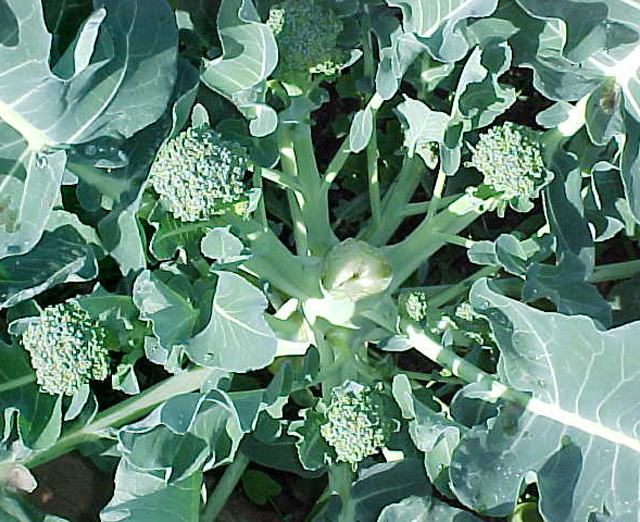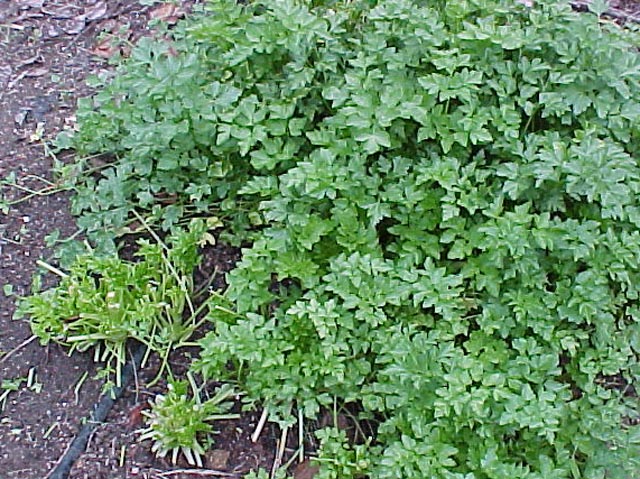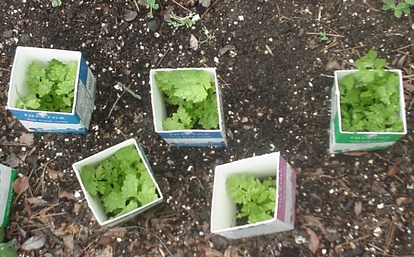
Watering
The first protective measure against frost damage is to water the plants so their full root zones are moistened, which luckily got helped along earlier in the month and again just last week. Regular irrigation should be reduced, not stopped, as plant photosynthesis slows down and cold weather – especially with winds as we had a couple of days ago – dries plants out. Although plant and tree roots are not very efficient in absorbing moisture during cold weather, be sure that they get the water they need but aren't waterlogged – good drainage is as important!
Concentrating Warmth
To help concentrate daytime warmth, cover beds with clear plastic sheeting. Anchor down the edges with soil or rocks to keep out slugs and others who love the succulent plants, and to keep the sheeting from blowing away.
Protect citrus from cold damage by wrapping the tree trunks in newspaper and covering the foliage with plastic sheeting. Note that cold soil and dry winds can cause the rinds of ripening fruit to develop bleached blotches, and leaves to turn yellow where the sun strikes.
Take a cue from festive holiday lighting by stringing lights throughout trees. However, only the old-fashioned kind that emit a bit of heat are helpful; the new types don’t emit heat so they’re only pretty!
For overnight protection of tender plants, cover bougainvilleas, fuchsias, hibiscus, and other subtropicals with large cardboard boxes; or drape old sheets or tarps or plastic sheeting on stakes over them. If they’re opaque, you must remove them each morning so the plant can continue its photosynthesis.
And, be sure that plastic sheeting doesn't directly touch the foliage, as it may conduct the frost directly to the leaves that it touches.
Move Container Plants
Move dish cacti and succulents and potted trees under cover for protection.
Frost literally falls from straight down, so it’s more important to protect plants from above instead of the sides.














 RSS Feed
RSS Feed